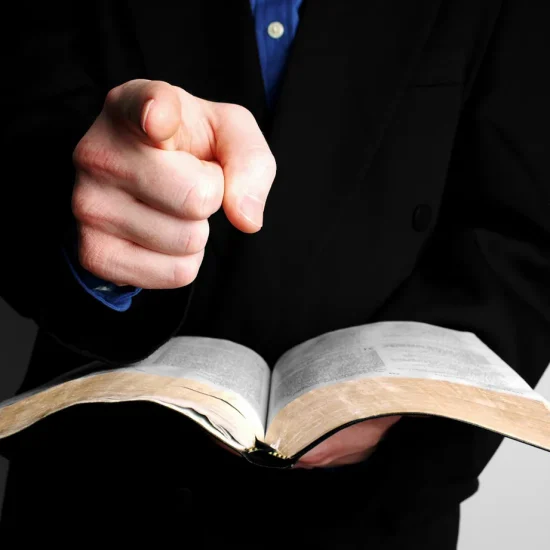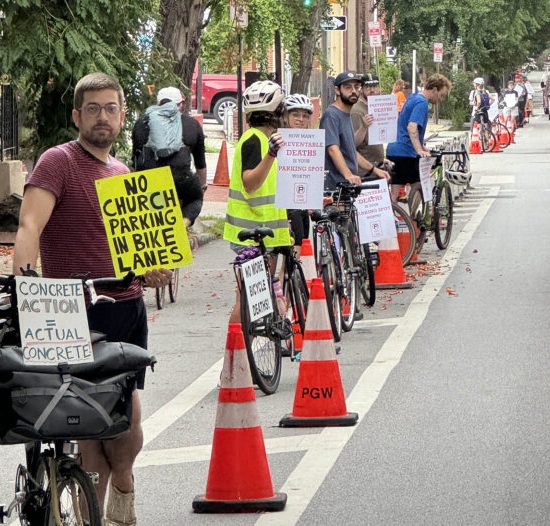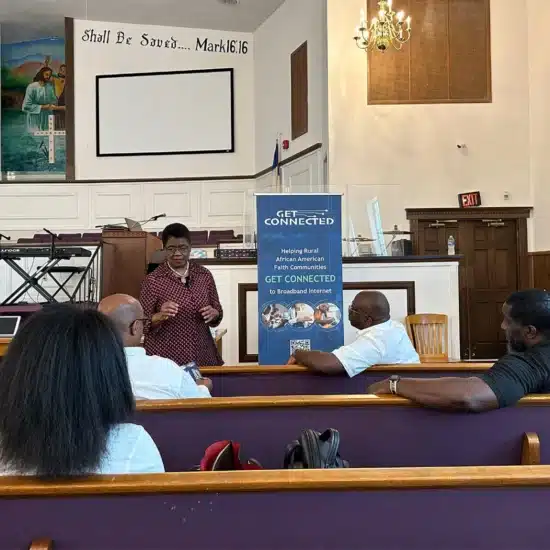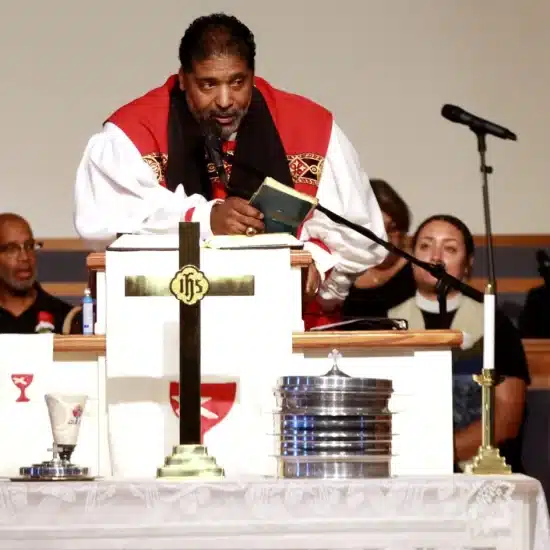WASHINGTON (ABP)—A longtime advocate for people with disabilities said the greatest barriers to including special-needs individuals in churches are not architectural or language but rather barriers of attitude.
“We have within us prejudices,” said Ginny Thornburgh, director of an interfaith initiative for the American Association of People with Disabilities. “We have negative stereotypes within us; we have false assumptions within us. And these things must be addressed, and they must be addressed over a lifetime.”
Thornburgh, who is married to Dick Thornburgh, the former governor of Pennsylvania, U.S. attorney general and under-secretary general of the United Nations, said the most effective way to break down barriers of attitude is to strike a friendship with one person who has a disability.
“Once you have one friend and it’s a genuine friend—you know that person, you know them well, you know their likes and dislikes—then you are more confident to have a second friend and move on to a person with a disability who has a different type of disability,” she said. “These attitudinal barriers have to be addressed and have to be addressed all of our life.”
One of Thornburgh’s four sons, Peter, 50, has both physical and intellectual disabilities. She describes him as a “man of faith active in his church.” Largely because of him, she has advocated for people with disabilities more than 40 years.
Thornburgh advised churches to form a task force or committee—including members who have disabilities—to perform an audit of barriers to inclusion of all members and develop short- and long-term goals to remove them.
“Are there designated parking places?” she asked. “Is there a ramped entrance? Is it easy to get in the door? Is there an automatic door opener? Are there pew cuts so I can easily with my wheelchair or scooter slide in a spot and share a hymnbook with my husband? Is there a ramp to the chancel, a ramp to the altar? Is there an ADA-compliant restroom?”
Thornburgh noted July 26 is the 20th anniversary of the Americans With Disabilities Act, a landmark piece of civil-rights legislation. “When I say an ADA-compliant bathroom, that means a bathroom that someone with even a large chair would be able to enter easily and use,” she said. “Those things can’t be put on hold. You can’t expect people who use wheelchairs to come if they can’t go to the restroom.”
Communication barriers are solved by having materials like church bulletins in alternative formats like audio tape or Braille, she noted. A sign-language interpreter means everything to someone who is deaf, not only during the worship service but so they can be fully engaged during social time. Improved sound and lighting systems are important helps to persons losing sensory capacities due to age.
Another category of disabilities is psychiatric. It includes bipolar disorder, depression and other diagnoses. Intellectual disabilities is a broad category.
“The hardest thing for folks in churches is that often the disability is not apparent,” Thornburgh said. “You don’t know that a person who is quiet in the pew actually has chronic pain or has any number of other non-apparent disabilities.”
Often, that is true with older adults, who don’t think of themselves as having disabilities, she added. “They’ll say ‘I use hearing aids’ or ‘I use a walker’ or ‘I don’t see as well anymore,’ but they’re not as comfortable as those of us who have worked in the disability field to the term disability.
“Our older adults are our most steadfast, contributing members. And often, they’ll stop attending because of poor hearing or poor lighting or the lack of railings. As you begin to look at your congregation in terms of disability needs, they are essential to make sure they are fully included and fully welcome.
“There are no barriers in God’s love. There should be no barriers in God’s house.”






